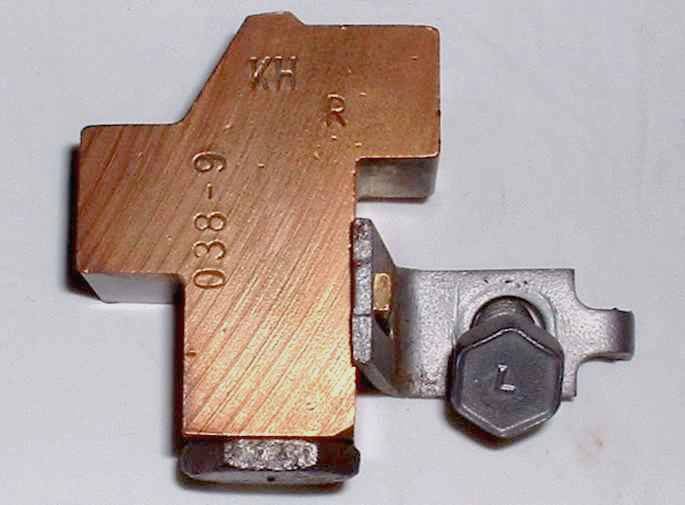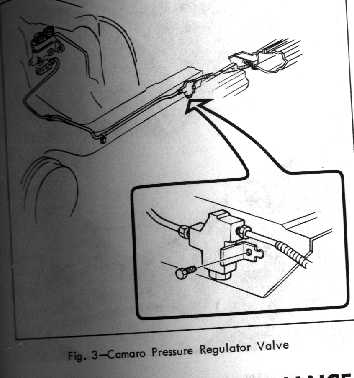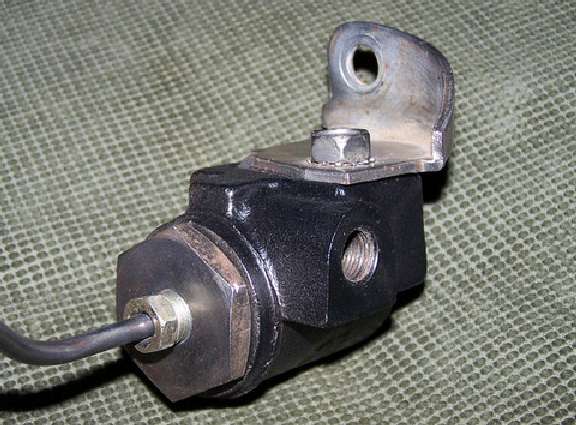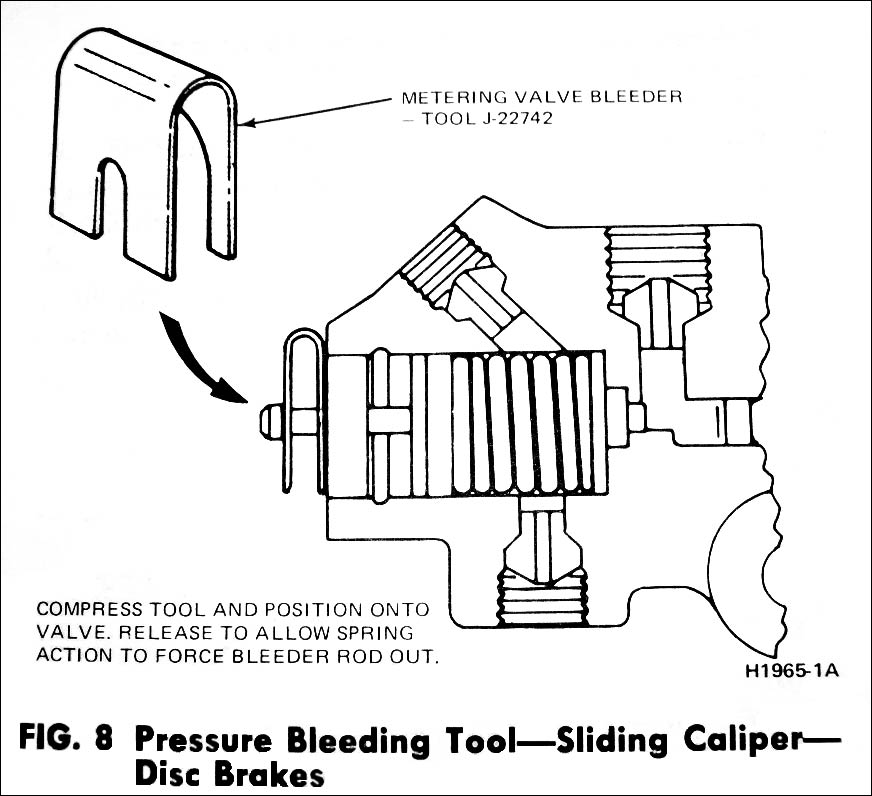That other thread is interesting and very similar to this one in that there are a bunch of very confused people.
1st, drum/drum brakes DO NOT have proportioning valves, combination valves or
shudder, port valves. They simply don't.
Drum/drum brakes have a F/R pressure differential warning switch mounted inside a distribution block. It has one job and one job only. It turns a dash brake light ON if there is a brake failure. A difference in front to rear pressure will move the piston.

This is a
stand alone, non-adustable, proportioning valve used on some GM and Mopar vehicles in the late 60's. I have seen them on 1st Gen Camaro's and my '69 RoadRunner has the same one.

They both mounted them in the rear brake line, back near the axle. Car manufacturers, and the aftermarket have a tendancy to not be consistant with terminology. As you can see here, they called the proportion valve a "regulator valve". It is in a sense, but the regulation is variable.

This is an aftermarket,
stand alone, adjustable proportioning valve.

This is a Camaro,
stand alone, metering valve. The pin used for bleeding the front brakes is on the rear of it. This valve is sometimes called a hold-off valve. It prevents fluid from flowing and pressure building on the front brakes until pressure reaches about 40 psi. This keeps the front brakes from working until the rear brakes are ready. It may even start dragging the rear brakes ahead of the front brakes. Its primary function is to prevent the car from nose-diving on light brake application.

This is an aftermarket,
stand alone, metering valve. The pin is under that rubber cover.

Some metering valves require that the pin be pulled out when bleeding. This one happens to be from a fnord.

This is a Combination valve. It contains three separate valves and they function independently of each other. The pin on the metering valve is not connected to, nor does it play any part in the function of the pressure differential switch.

This is a variation of the combination valve pictured above. It functions the same. The vertical lines show the three distinct areas in the unit.




